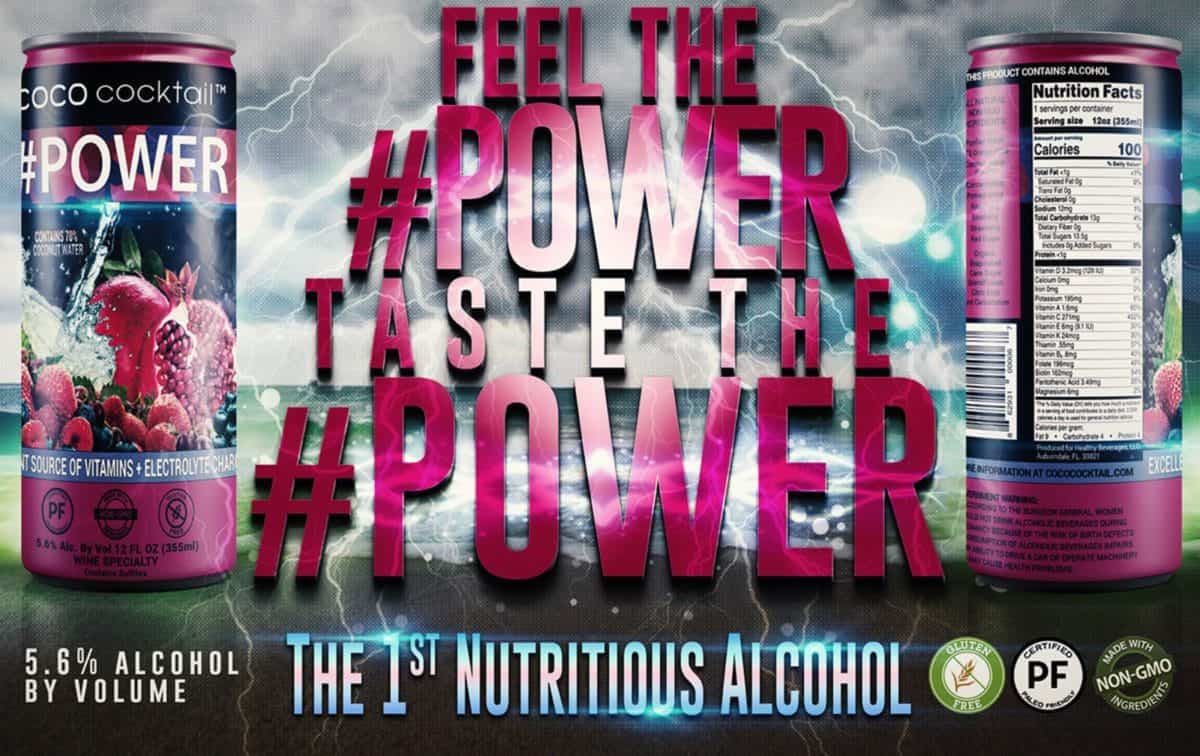Grocery Stores Carry 40,000 More Items Than They Did in the 1990s
Grocery stores have been around for a long time. It was only after the post-war era that self-service grocery stores became popular as more people especially women became liberated from domestic duties and started going to work.
Today, grocery stores are big enterprises that provide people whatever their household needs. According to author Michael Ruhlman, the evolution of grocery stores is remarkable. Today, there are more than 38,000 supermarkets across the United States that earn billions of dollars yearly.
The Evolution of Grocery Stores
According to the Food Marketing Institute as well as the US Bureau of Labor Statistics, there is a growing need for grocery stores in the country and this growth is reflected in the rising stock prices of publicly-owned grocery enterprises. Aside from brick-and-mortar stores, grocery stores have also expanded to deliveries to accommodate all types of consumers.
But perhaps the biggest change attributed to the evolution of supermarkets is that modern groceries offer more diversity regarding their products. During the 1990s, there was an average of 7,000 items sold in a grocery store. Now, it has ballooned to over 40,000 items.
The Evolution of Shoppers
Parallel with the development of grocery stores is the evolution of shoppers. Over the past ten years, shoppers’ food preferences have drastically changed. For instance, you would never have been able to find gluten-free food a decade ago. Today, those kinds of products are prevalent and important many people’s diets.
The thing is that the taste and desires of ordinary consumers have also changed through time. It is important to take note that we are now becoming more conscious of our food choices and we tend to read labels more compared to 20 years ago.
Aside from reading food labels, consumers are also opting for organic foods especially if they can afford them. More than 50% of American consumers believe that organic foods are more nutritional than those grown using conventional farming techniques. To supply the needs of consumers for organic products, many grocery stores also dedicate a section in their store for organic food products.
The Future of Grocery Stores
The future of grocery stores is very predictable. With the rising demand and food preferences of American consumers, grocery stores will get even bigger and will carry more diverse items. But then variety can also have its downsides. Ruhlman believes that too much variety sends consumers the wrong message that they can rely on grocery stores to get instant food instead of learning how to cook their meals from scratch. After all, cooking is an age-old skill everyone must learn, and that ability allows you to control the number of ingredients that you put in your food.
Inspired by www.marketwatch.com


 Just as the term milk has broadened to include non-dairy based products, such as almond and soy milk, rice has followed suit and done the same. Although the new cauliflower product is not the consumer’s first pick, it appeals to people looking for healthy food options.
Just as the term milk has broadened to include non-dairy based products, such as almond and soy milk, rice has followed suit and done the same. Although the new cauliflower product is not the consumer’s first pick, it appeals to people looking for healthy food options.
